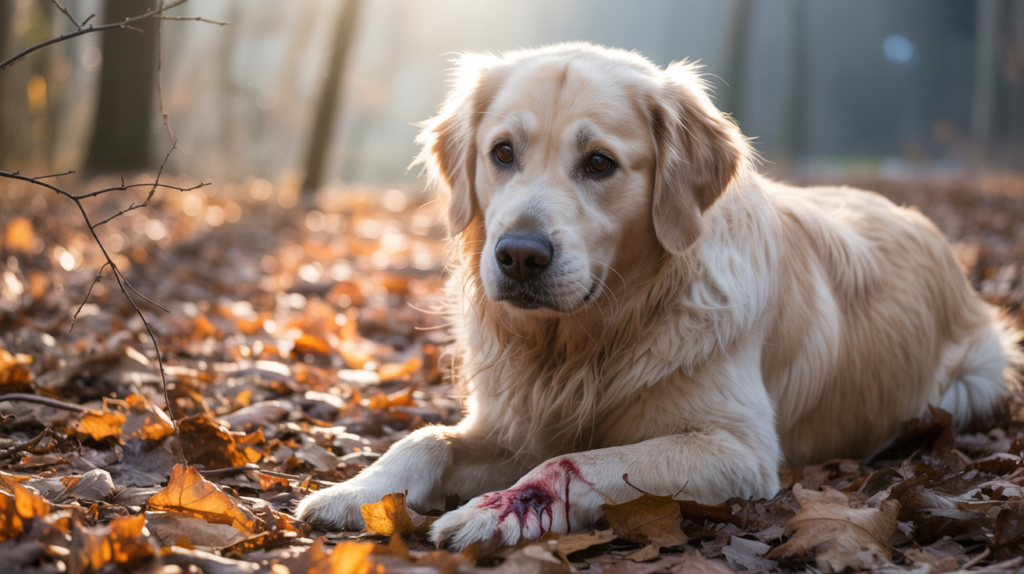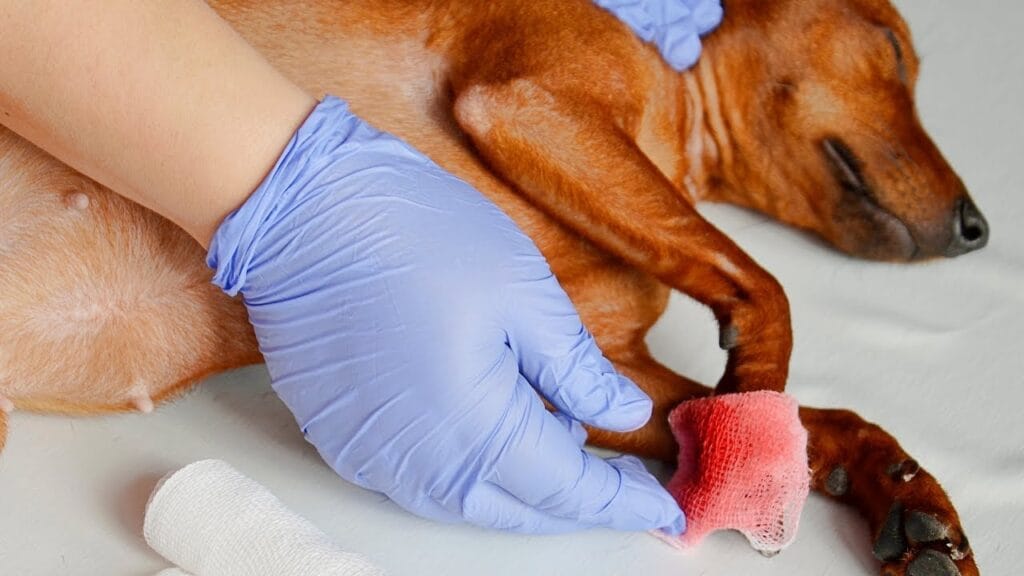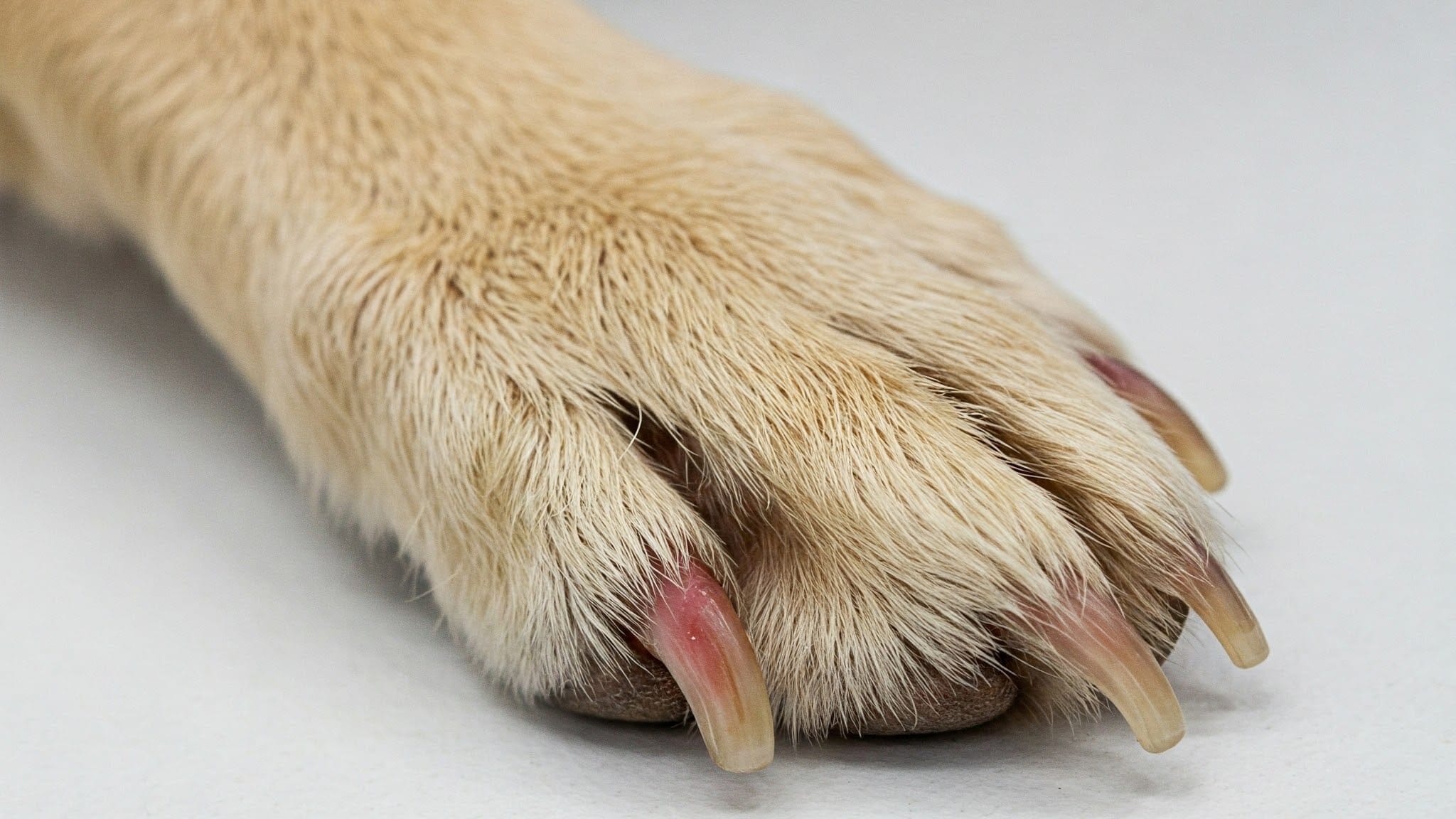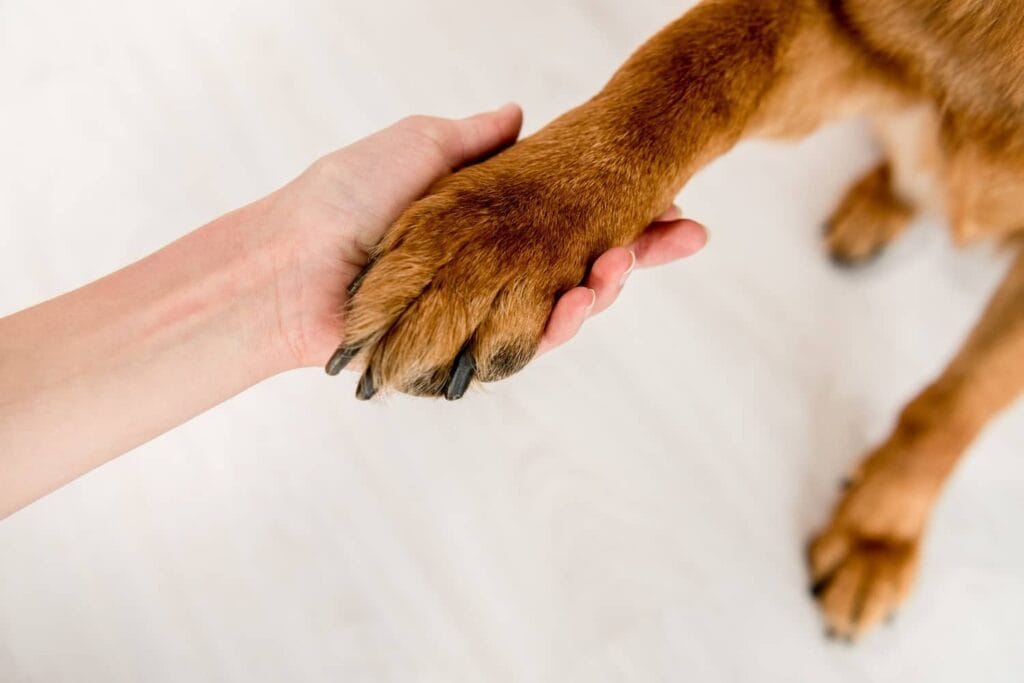7 Quick & Effective Steps to Stop Dog Nail Bleeding Fast (Vet-Approved!) 🐶🩸

If you’ve ever trimmed your dog’s nails just a little too short and suddenly seen blood appear, you’re definitely not alone. That sinking feeling, the panic, the worried look on your pup’s face—it’s enough to make any dog parent feel awful. But here’s the good news: dog nail bleeding, while scary in the moment, is usually easy to manage if you stay calm and follow the right steps.
In this guide, we’ll walk you through how to stop dog nail bleeding quickly and safely, using vet-recommended advice and practical, real-life tips. We’ll also dive into how to avoid future mishaps, so you and your dog can feel more confident during nail trims. Whether you’re a first-time dog owner or a seasoned pro, this is your ultimate go-to resource for handling bleeding nails with care. 💉🐾
Table of Contents
Why Do Dog Nails Bleed, Anyway? 🧐
Before we jump into the step-by-step guide on how to stop a dog’s nail from bleeding, it helps to understand what’s going on inside that little claw.
Each dog nail contains a blood vessel and nerve bundle called the quick. It runs through the center of the nail and supplies it with nutrients. The quick is usually easy to see in dogs with clear or white nails—it’s the pink area inside. But in dogs with black or dark nails, spotting the quick is much harder, which increases the chances of accidentally cutting into it.
Here are a few common reasons for dog nail bleeding:
- Over-trimming: Accidentally cutting the quick during a nail trim is by far the most common cause.
- Snags and trauma: Dogs can rip or crack their nails while running, playing, or walking on rough surfaces.
- Brittle nails: Just like humans, some dogs (especially seniors) have more fragile nails.
- Underlying medical conditions: In rare cases, bleeding could be linked to infections or clotting disorders.
Understanding the cause helps you respond appropriately—and prevents the problem from happening again.
7 Vet-Approved Steps: How to Stop Dog Nail Bleeding Fast 🏥🐕
Now that we know the “why,” let’s focus on the “how.” Whether it’s a tiny nick or a more serious bleed, these seven steps will help you stop dog nail bleeding quickly and effectively.
1. Stay Calm and Keep Your Pup Calm Too 😌

First things first—don’t panic. Your dog is likely already uncomfortable, and if you’re stressed, it can make them more anxious or even harder to handle. Speak gently, offer some reassurance, and use a soothing voice. Let them know they’re safe.
📝 Pro Tip: If your dog is wiggly or scared, gently restrain them or ask someone for help. A calming presence makes all the difference.
2. Assess the Situation 🔍
Take a closer look at the nail to figure out how severe the bleeding is. Most of the time, the bleeding is minor and should slow down within 5–10 minutes. But if it’s gushing, not stopping after 20 minutes, or your dog is in visible pain, you should contact your vet immediately.
👩⚕️ Vet Insight: Dr. Sarah Thompson, DVM, notes, “Most nail bleeds are manageable at home, but persistent or heavy bleeding can indicate a torn nail or underlying health issue. Don’t hesitate to call your vet if you’re unsure.”
3. Apply Gentle Pressure 🩹
A simple but effective method for how to stop a dogs nail from bleeding is to apply pressure with a clean cloth, gauze, or paper towel. Press it firmly against the tip of the nail for a minute or two. This helps encourage natural clotting.
🚫 Avoid this: Constantly removing the cloth to check the nail—this interrupts the clotting process and can make the bleeding worse.
🍖 Distraction Hack: Give your dog a chew or toy to keep them occupied while you’re holding pressure.
4. Break Out the Styptic Powder or Pencil 🧴
Styptic powder is like magic dust when it comes to stopping dog nail bleeding. It works almost instantly to constrict blood vessels and stop bleeding.
Here’s how to use it:
- Dip the nail tip directly into the powder or apply it using a cotton swab.
- Press the powder into the nail and hold for 10–15 seconds.
- Wipe off any excess and check if the bleeding has stopped.
Don’t have styptic powder? A styptic pencil (often used for shaving cuts) works similarly—just wet it and dab it on the nail.
🛒 Vet Favorite: Dr. Thompson recommends products like Kwik-Stop, which are safe and easy to find at pet stores.
⚠️ Important: Your dog may yelp when the powder is applied—it can sting briefly. That’s normal and usually over quickly.
5. No Styptic Powder? Try These Home Remedies 🏠
If you’re caught in the middle of a nail emergency with no styptic powder nearby, don’t worry—you probably have some effective alternatives in your kitchen.
✅ Safe at-home options:
- Cornstarch or flour: Press into the nail and hold for a few seconds.
- Baking soda paste: Mix with a drop of water and apply.
- Unscented bar soap: Gently press the nail into the soap to “plug” the wound.
🚫 Avoid: Salt, coffee grounds, or anything gritty or perfumed—they can sting or cause infection.
🎯 Fun Fact: Many professional groomers use cornstarch for minor bleeds. It’s gentle, natural, and effective.
6. Keep Your Dog Calm and Still 🛏️
Once the bleeding starts to slow down, it’s important to minimize movement. Walking or licking the paw could reopen the wound or introduce bacteria.
💡 Here’s what helps:
- Place your dog in a quiet area or crate.
- Offer a stuffed Kong or frozen treat for distraction.
- If needed, wrap the paw loosely with gauze or vet wrap.
👩⚕️ Vet Tip: “Bandaging is optional, but if you do it, make sure it’s loose enough to allow circulation and remove it within an hour to prevent moisture buildup.”
7. Watch for Signs of Infection or Re-Bleeding 👁️

Even after the bleeding stops, the nail is still vulnerable. Keep a close eye over the next few days. Here’s what to look out for:
🚩 Infection warning signs:
- Swelling
- Redness
- Pus
- Foul smell
- Limping
To help prevent infection:
- Clean the area with warm water and mild soap.
- Apply a diluted antiseptic like chlorhexidine (follow vet instructions).
- Keep the paw clean and dry for 24 hours.
✂️ Grooming Tip: Trim the fur around the nail to keep things clean and make it easier to monitor.
Preventing Dog Nail Bleeding: What the Pros Recommend 🛡️

Now that you’ve learned how to stop dog nail bleeding, let’s talk about how to prevent it from happening again. It’s all about proper technique, tools, and timing.
📝 Vet-approved prevention tips:
- Trim regularly: Shorter nails are less likely to break or snag. Every 2–4 weeks is ideal for most dogs.
- Know the quick: On light nails, it’s pink. On dark nails, trim tiny bits at a time until you see a gray dot—this means you’re close.
- Use the right tools: Clippers should be sharp and sized for your dog. A nail grinder can smooth edges and help avoid cutting the quick.
- Go slow and reward: Nail trims can be stressful. Make it a positive experience with treats and praise.
- When in doubt, ask a pro: Groomers and vets are pros at trimming nails safely—don’t be afraid to ask for help.
👩⚕️ Pro Tip: Dr. Thompson adds, “Grinding the nails instead of clipping gives you more control and reduces the chance of hitting the quick, especially for black nails.”
When to Call the Vet 📞
Although most nail injuries can be treated at home, there are times when professional care is necessary. Call your vet if:
- The bleeding doesn’t stop after 20 minutes.
- The nail is split or partially torn off.
- Your dog is in pain or won’t use the paw.
- There’s swelling, pus, or signs of infection.
- You suspect a blood clotting issue.
🧪 Fun Fact: Vets sometimes use silver nitrate sticks for stubborn bleeds—these are more powerful than home powders but require careful handling.
Rebuilding Trust After a Bleeding Incident 💖🐾
If your dog had a bad experience with nail trimming, rebuilding their trust is crucial. A negative association can make future trims more difficult.
💡 Tips to rebuild confidence:
- Use positive reinforcement: Treats, toys, or cuddles go a long way.
- Start desensitizing: Gently handle your dog’s paws each day to get them used to touch.
- Keep trims short and sweet: Even trimming one nail at a time is progress.
🛏️ Pro Trick: Try trimming after a walk or play session when your dog is tired and more relaxed.
FAQs About Dog Nail Bleeding 🤔
Q: How long does it take for a nail to stop bleeding?
A: Typically 5–10 minutes with gentle pressure or styptic powder. Contact your vet if it continues beyond 20 minutes.
Q: Can I use a human bandage?
A: Not recommended—pet-safe wraps work better and won’t stick to fur.
Q: Is dog nail bleeding dangerous?
A: Usually not, but excessive or persistent bleeding can signal deeper issues.
Q: How do I avoid hitting the quick again?
A: Trim a little at a time, use good lighting, and switch to a grinder if needed.
Final Thoughts: You’ve Got This! 💪🐶
Learning how to stop dog nail bleeding might feel intimidating at first, but with the right knowledge, tools, and approach, you can handle it confidently. From gentle pressure to household hacks and vet-approved products, there’s a solution for every situation.
Next time your dog’s nail starts bleeding, remember: stay calm, act quickly, and follow these 7 steps. And don’t forget—prevention is just as important. Regular trims, the right tools, and patience can help you avoid this issue altogether.
Your pup’s paws are in good hands. 🐾💖
